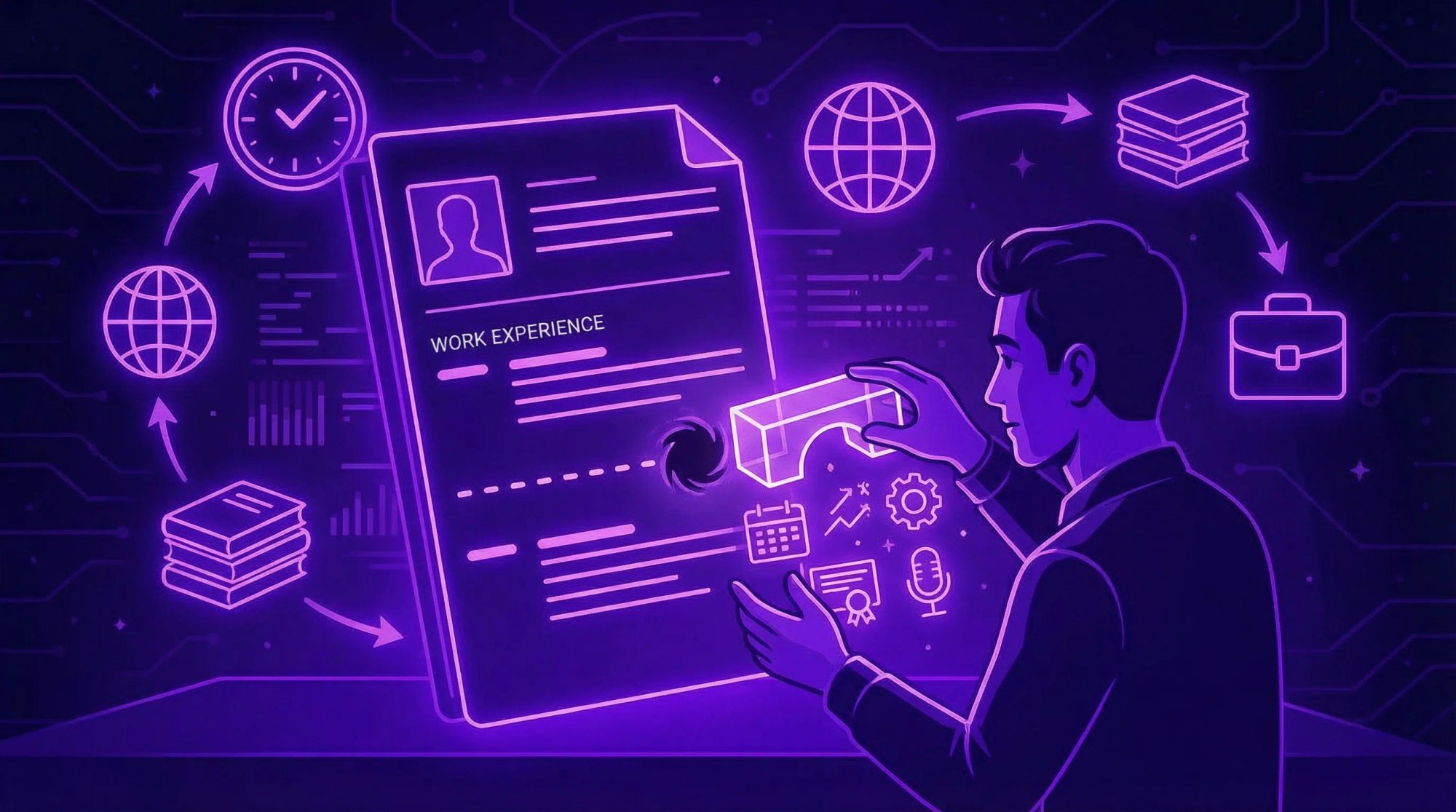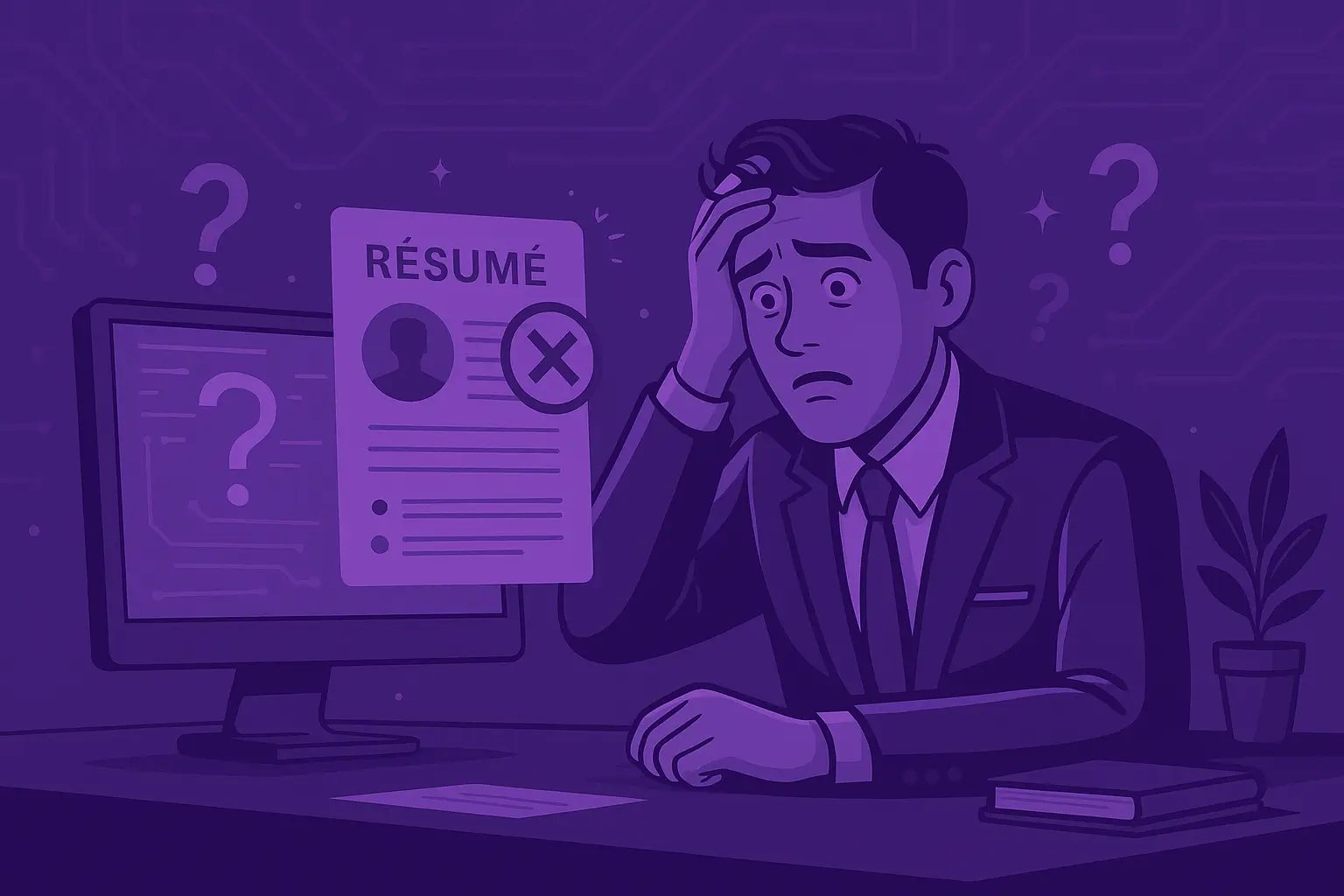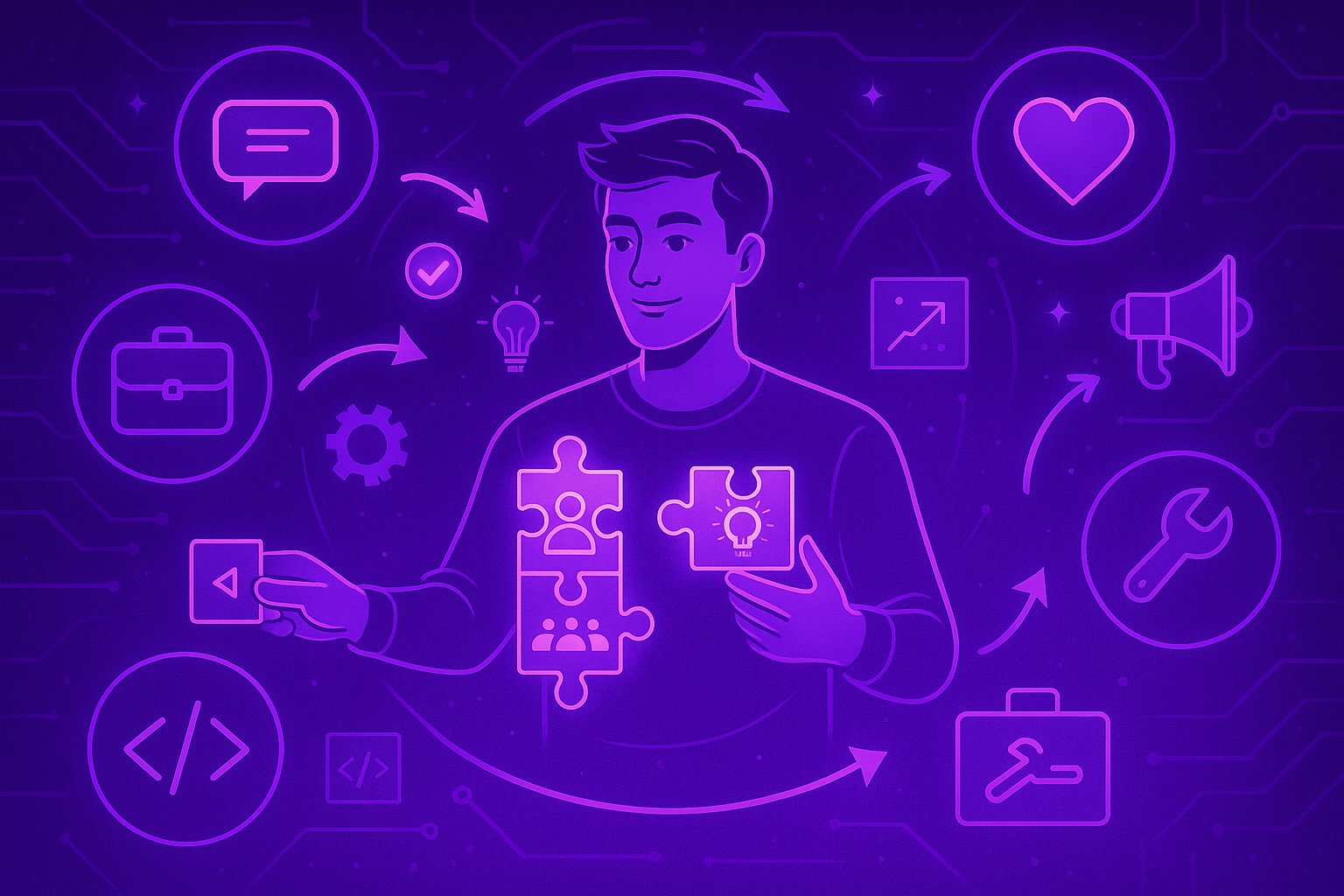How to Take a Professional LinkedIn Headshot

Your headshot is the first thing people see when viewing your LinkedIn profile, which means your reputation is at stake. What impression will you make? Whether you hire a professional photographer or stage the photoshoot yourself, your profile picture means a lot.
Think about this: When viewing a profile for the first time, isn’t the photo the first thing you look at? How do you react to unprofessional LinkedIn headshots? Yeah. I thought so. There’s a lot on the line, as your profile is there to impress people. Having a substandard headshot is not in your best interest.
Now, not everyone can afford a pro photoshoot. So, let’s look at how to take a professional-level headshot for your LinkedIn profile. It’s not too complicated. Just follow the steps.
Choose Your Camera
Most people have access to a modern smartphone with a good camera. If so, you can use that. A high-resolution digital camera will be fine if you don’t have a smartphone. It can be the better choice if you know how to use it. Either way, make sure the lens is clean. Also, use a tripod to keep the camera from shaking or wobbling while taking your picture.
Good Lighting is a Must
Lighting is the most important element of any good photograph. All the other choices you make depend on finding excellent lighting. You’re looking for even coverage. Smooth shadows that define your face are the hallmarks of a professional photo.
Natural light is ideal
If you’re indoors, position yourself facing a window. If you’re outdoors, stand in the shade—under a tree or next to a building—and avoid direct sunlight that casts harsh shadows. Ideal times of day for natural light are an hour after sunrise and an hour before sunset. Midday is typically too harsh unless there’s a cloud cover.
Indoor lighting works, too
Avoid harsh overhead lights and shadows on your face. Use the reflectiveness of the walls to fill in shadows that look too dark. If indoors, you can use a light ring or other photographic light source to make your headshot evenly lighted.
Choose the Right Background
Select a simple, uncluttered background with a solid color. If you’re near a blank wall, that’s ideal, but don’t stand too close to the wall. Standing away from the wall gives depth to the photo and it can also add a little blur to the background, which will enhance your LinkedIn photo. If you're outside, avoid busy streets or crowded areas, as your background should be as non-distracting as possible. A good outdoor choice is the wall of a building where you can stand in the shade. Follow the above advice about standing away from the wall.
Dress Professionally
Wear clothing that reflects your industry standards as well as your personal style. Solid colors and simple patterns work well, but avoid overly casual clothing. In other words, dress appropriately for the job you hope to get. A professional or cultural visual mismatch won’t help your job prospects.
Posture and Expression
Stand or sit up straight. Relax your shoulders. Standing is preferred. It helps ensure your posture is as good as it can be without slouching. Smile naturally—think of something that makes you happy to get a genuine smile. Your smile should be warm and inviting in a professional manner.
Framing
Frame your photo from the chest up to ensure your face is the focal point. Leave some space above your head in the photo since having your head bump up against the top of the frame gives the feeling of claustrophobia. People feel uncomfortable if there’s no headroom so they won’t like your LinkedIn profile photo very much if it seems off.
Eye Contact
Look directly into the camera to create a connection with the viewer and conveys confidence. Wayward eyes distract from the effect of the headshot and people will wonder what you’re looking at, which is definitely not good.
Take Multiple Shots
Once your photo shoot is ready, be sure to take several professional photos with slight variations in them. This allows you to choose the best of many headshots instead of being stuck with few choices.
Use Minimal Editing
Many automated photo editing tools are available today, but if you’ve taken an excellent, well-lit photograph, you won’t need them. Only use these tools if you know what you’re doing, as they can quickly destroy an otherwise fine image and ruin your LinkedIn profile picture.
Get Feedback
Digital photos give you the ability to share them freely with others, so show your photos to colleagues or friends. They can offer valuable input and catch any details you might have missed. After receiving feedback, you’re in a good position to make your final decision. If necessary, you can reshoot the headshot to create a more polished and professional profile picture. But if you’ve followed these steps and taken a number of images, you should have at least one that will work well for you.
Professional Help
If this is all too much for you and you have a budget, you can always hire a professional photographer to do your headshot. Look for someone with experience doing LinkedIn photos or professional headshot photography.
Check File Size
When it comes to uploading your headshot, LinkedIn prefers that your photo is 400 x 400 pixels. While you might be able to upload photos of a smaller size, they might appear blurred or out of focus. Larger images may cause issues with the upload process, so try to stick to the size LinkedIn recommends.
Generating Headshots with AI
Since the advent of generative Artificial Intelligence (AI), we’ve had the option of uploading our best selfies and having the AI handle the details of turning our faces into professional headshots. These AI headshot services are becoming popular and can save you a whole lot of time and effort.
However, note that all the above high-quality steps should be taken to make sure your selfies are good photos to begin with. You can’t get a good result if you feed the AI with inferior selfies and definitely not with a group photo. Consider having a photo shoot as described above, then using those photos for your AI-generated headshot. That way, you get the best of both approaches.
Final Thoughts
Crafting a professional LinkedIn headshot is an essential step in shaping your online presence and making a strong first impression. Whether you opt for a DIY approach or seek the expertise of a professional photographer, paying attention to details like your lighting, background, clothing, and posture can significantly enhance the quality of your photo. Leveraging technology, such as AI-generated headshots, can also be a viable option if done correctly.
By following the guidelines outlined in this blog, you'll be well on your way to creating a great LinkedIn headshot that stands out and reflects your personal brand. Remember, your headshot is more than just a picture—it's a representation of your professional identity.
FAQs
Should you wear a tie for a LinkedIn headshot?
Whether you should wear a tie for your LinkedIn headshot depends on your industry and personal brand. In more formal industries like finance or law, wearing a tie can convey professionalism and attention to detail. In creative or tech industries, a more relaxed look without a tie might be appropriate and showcase a modern, approachable image. Ultimately, dress in a way that reflects your profession and the image you want to project.
What color should you wear for a LinkedIn photo?
When choosing colors for your LinkedIn photo, opt for solid, neutral tones like navy, black, gray, or white, as these colors exude professionalism and won't distract from your face. Avoid overly bright or neon colors, and steer clear of busy patterns. Blues and other cool tones often photograph well and convey a sense of trustworthiness and competence.
Is it okay to wear a hat in LinkedIn profile picture?
Generally, it's best to avoid wearing a hat in your LinkedIn profile picture, as it can obscure your face and may come across as unprofessional. The exception would be if wearing a hat is a key part of your personal brand or professional identity, such as for certain creative or outdoor professions. Ensure that your face is clearly visible and the overall image aligns with the professional image you want to convey.
Do I need a suit for my LinkedIn photo?
Wearing a suit for your LinkedIn photo depends on your industry and the level of formality you want to project. In corporate, finance, or legal fields, a suit is often expected and conveys professionalism. In more casual or creative industries, business casual attire or even smart casual might be more appropriate. Choose clothing that reflects your profession's standards and the image you want to present to potential employers or clients.
Your headshot is the first thing people see when viewing your LinkedIn profile, which means your reputation is at stake. What impression will you make? Whether you hire a professional photographer or stage the photoshoot yourself, your profile picture means a lot.
Think about this: When viewing a profile for the first time, isn’t the photo the first thing you look at? How do you react to unprofessional LinkedIn headshots? Yeah. I thought so. There’s a lot on the line, as your profile is there to impress people. Having a substandard headshot is not in your best interest.
Now, not everyone can afford a pro photoshoot. So, let’s look at how to take a professional-level headshot for your LinkedIn profile. It’s not too complicated. Just follow the steps.
Choose Your Camera
Most people have access to a modern smartphone with a good camera. If so, you can use that. A high-resolution digital camera will be fine if you don’t have a smartphone. It can be the better choice if you know how to use it. Either way, make sure the lens is clean. Also, use a tripod to keep the camera from shaking or wobbling while taking your picture.
Good Lighting is a Must
Lighting is the most important element of any good photograph. All the other choices you make depend on finding excellent lighting. You’re looking for even coverage. Smooth shadows that define your face are the hallmarks of a professional photo.
Natural light is ideal
If you’re indoors, position yourself facing a window. If you’re outdoors, stand in the shade—under a tree or next to a building—and avoid direct sunlight that casts harsh shadows. Ideal times of day for natural light are an hour after sunrise and an hour before sunset. Midday is typically too harsh unless there’s a cloud cover.
Indoor lighting works, too
Avoid harsh overhead lights and shadows on your face. Use the reflectiveness of the walls to fill in shadows that look too dark. If indoors, you can use a light ring or other photographic light source to make your headshot evenly lighted.
Choose the Right Background
Select a simple, uncluttered background with a solid color. If you’re near a blank wall, that’s ideal, but don’t stand too close to the wall. Standing away from the wall gives depth to the photo and it can also add a little blur to the background, which will enhance your LinkedIn photo. If you're outside, avoid busy streets or crowded areas, as your background should be as non-distracting as possible. A good outdoor choice is the wall of a building where you can stand in the shade. Follow the above advice about standing away from the wall.
Dress Professionally
Wear clothing that reflects your industry standards as well as your personal style. Solid colors and simple patterns work well, but avoid overly casual clothing. In other words, dress appropriately for the job you hope to get. A professional or cultural visual mismatch won’t help your job prospects.
Posture and Expression
Stand or sit up straight. Relax your shoulders. Standing is preferred. It helps ensure your posture is as good as it can be without slouching. Smile naturally—think of something that makes you happy to get a genuine smile. Your smile should be warm and inviting in a professional manner.
Framing
Frame your photo from the chest up to ensure your face is the focal point. Leave some space above your head in the photo since having your head bump up against the top of the frame gives the feeling of claustrophobia. People feel uncomfortable if there’s no headroom so they won’t like your LinkedIn profile photo very much if it seems off.
Eye Contact
Look directly into the camera to create a connection with the viewer and conveys confidence. Wayward eyes distract from the effect of the headshot and people will wonder what you’re looking at, which is definitely not good.
Take Multiple Shots
Once your photo shoot is ready, be sure to take several professional photos with slight variations in them. This allows you to choose the best of many headshots instead of being stuck with few choices.
Use Minimal Editing
Many automated photo editing tools are available today, but if you’ve taken an excellent, well-lit photograph, you won’t need them. Only use these tools if you know what you’re doing, as they can quickly destroy an otherwise fine image and ruin your LinkedIn profile picture.
Get Feedback
Digital photos give you the ability to share them freely with others, so show your photos to colleagues or friends. They can offer valuable input and catch any details you might have missed. After receiving feedback, you’re in a good position to make your final decision. If necessary, you can reshoot the headshot to create a more polished and professional profile picture. But if you’ve followed these steps and taken a number of images, you should have at least one that will work well for you.
Professional Help
If this is all too much for you and you have a budget, you can always hire a professional photographer to do your headshot. Look for someone with experience doing LinkedIn photos or professional headshot photography.
Check File Size
When it comes to uploading your headshot, LinkedIn prefers that your photo is 400 x 400 pixels. While you might be able to upload photos of a smaller size, they might appear blurred or out of focus. Larger images may cause issues with the upload process, so try to stick to the size LinkedIn recommends.
Generating Headshots with AI
Since the advent of generative Artificial Intelligence (AI), we’ve had the option of uploading our best selfies and having the AI handle the details of turning our faces into professional headshots. These AI headshot services are becoming popular and can save you a whole lot of time and effort.
However, note that all the above high-quality steps should be taken to make sure your selfies are good photos to begin with. You can’t get a good result if you feed the AI with inferior selfies and definitely not with a group photo. Consider having a photo shoot as described above, then using those photos for your AI-generated headshot. That way, you get the best of both approaches.
Final Thoughts
Crafting a professional LinkedIn headshot is an essential step in shaping your online presence and making a strong first impression. Whether you opt for a DIY approach or seek the expertise of a professional photographer, paying attention to details like your lighting, background, clothing, and posture can significantly enhance the quality of your photo. Leveraging technology, such as AI-generated headshots, can also be a viable option if done correctly.
By following the guidelines outlined in this blog, you'll be well on your way to creating a great LinkedIn headshot that stands out and reflects your personal brand. Remember, your headshot is more than just a picture—it's a representation of your professional identity.
FAQs
Should you wear a tie for a LinkedIn headshot?
Whether you should wear a tie for your LinkedIn headshot depends on your industry and personal brand. In more formal industries like finance or law, wearing a tie can convey professionalism and attention to detail. In creative or tech industries, a more relaxed look without a tie might be appropriate and showcase a modern, approachable image. Ultimately, dress in a way that reflects your profession and the image you want to project.
What color should you wear for a LinkedIn photo?
When choosing colors for your LinkedIn photo, opt for solid, neutral tones like navy, black, gray, or white, as these colors exude professionalism and won't distract from your face. Avoid overly bright or neon colors, and steer clear of busy patterns. Blues and other cool tones often photograph well and convey a sense of trustworthiness and competence.
Is it okay to wear a hat in LinkedIn profile picture?
Generally, it's best to avoid wearing a hat in your LinkedIn profile picture, as it can obscure your face and may come across as unprofessional. The exception would be if wearing a hat is a key part of your personal brand or professional identity, such as for certain creative or outdoor professions. Ensure that your face is clearly visible and the overall image aligns with the professional image you want to convey.
Do I need a suit for my LinkedIn photo?
Wearing a suit for your LinkedIn photo depends on your industry and the level of formality you want to project. In corporate, finance, or legal fields, a suit is often expected and conveys professionalism. In more casual or creative industries, business casual attire or even smart casual might be more appropriate. Choose clothing that reflects your profession's standards and the image you want to present to potential employers or clients.
Don't miss out on
your next opportunity.
Create and send applications in seconds, not hours.








